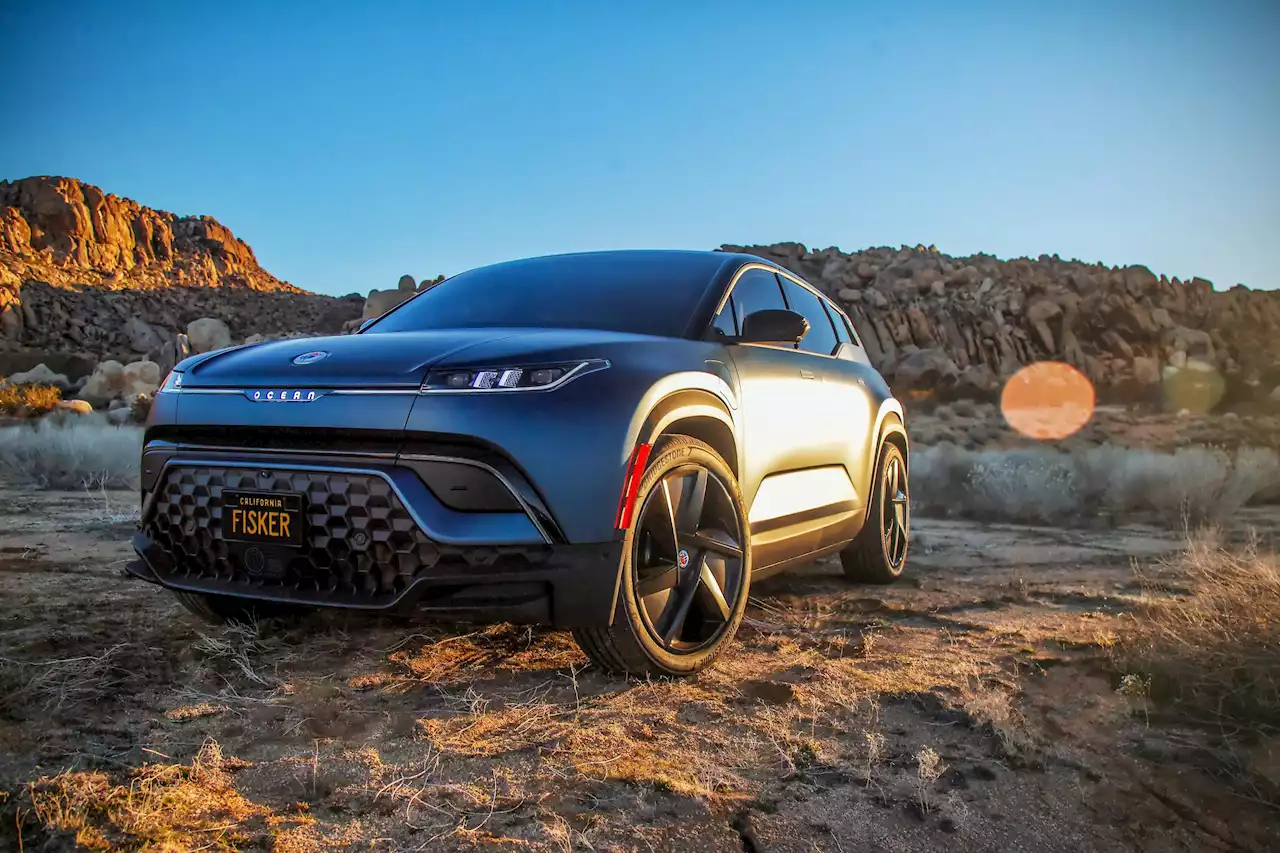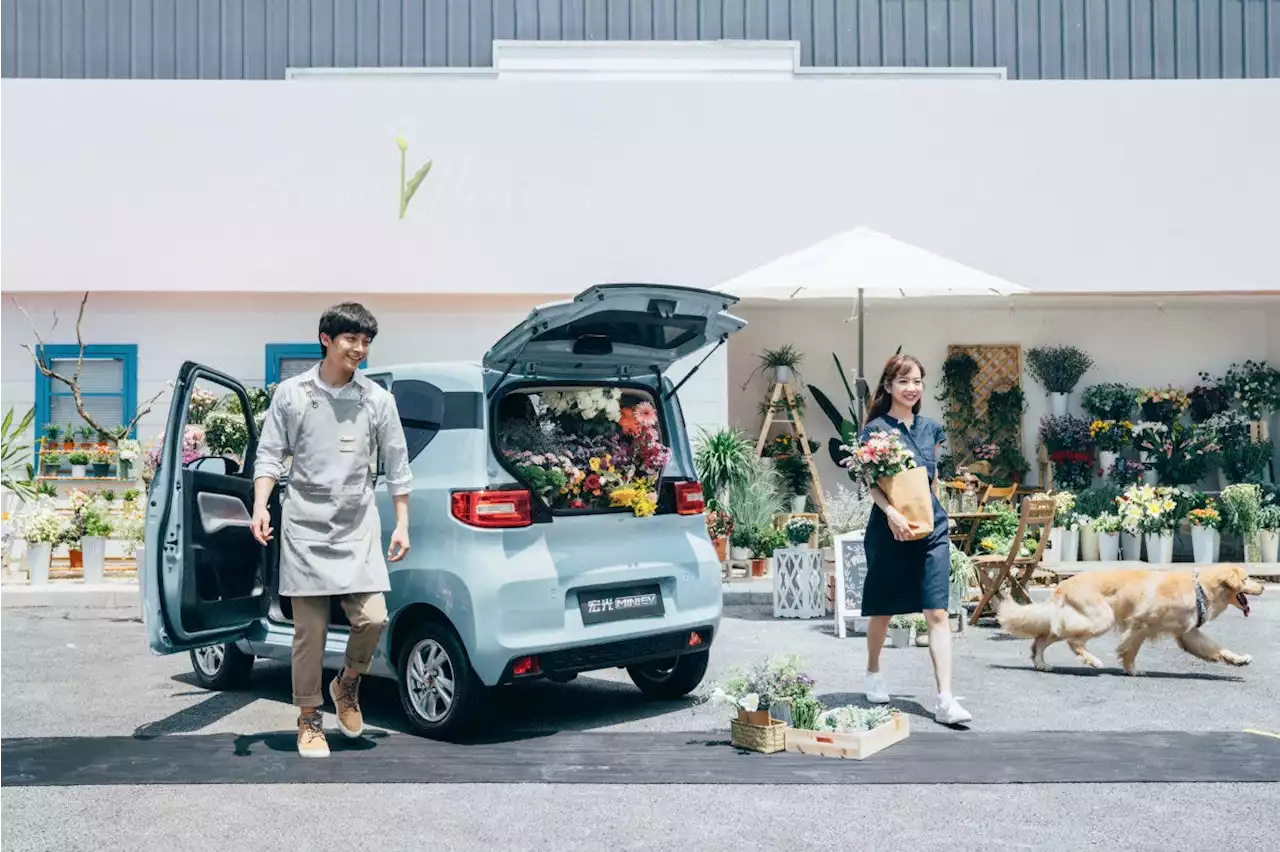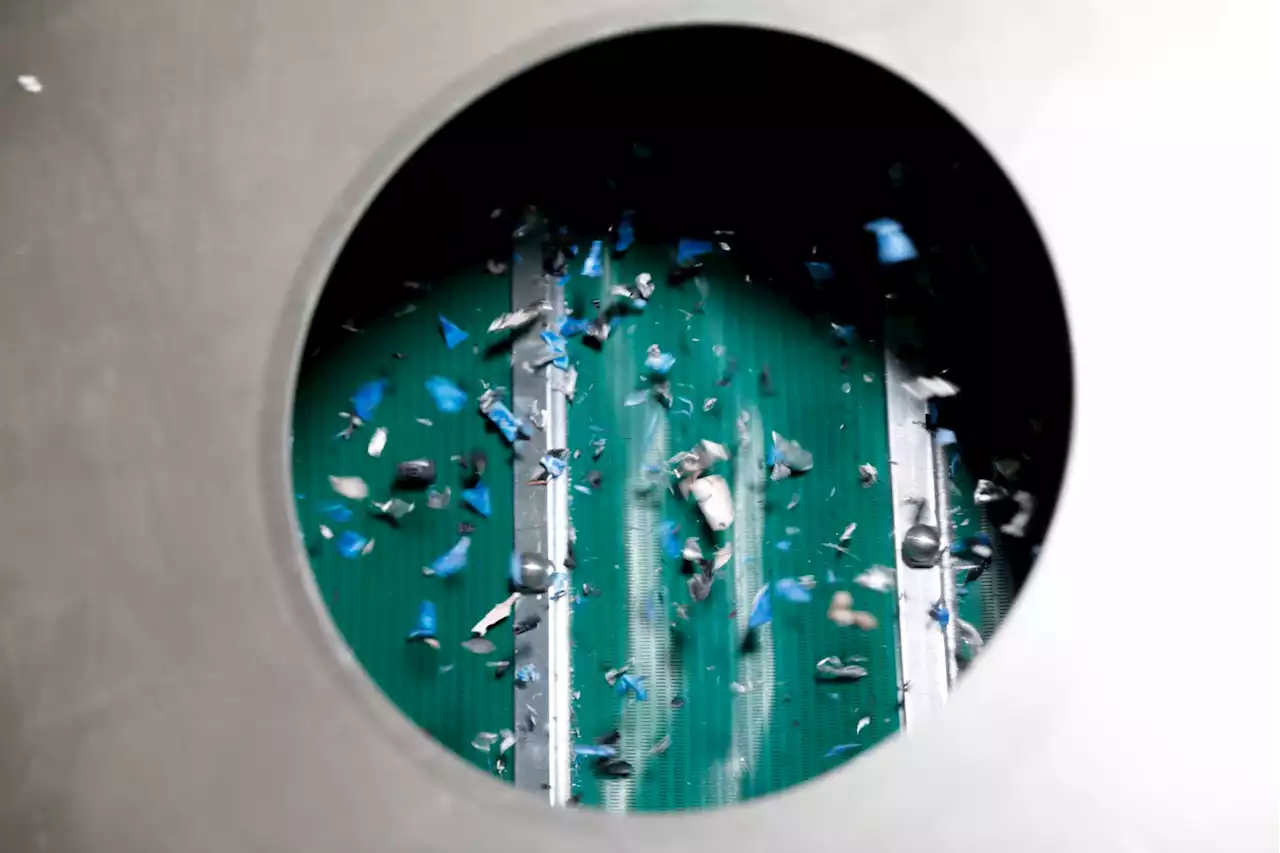In a previous article, we provided links to scientific studies that have invalidated some of the most common anti-EV myths,
However, there are plenty more anti-EV bugaboos out there, and they are continually recycled and reframed — we could probably write ten more articles like this one. We’ll spare you that excruciating experience, dear readers, but this week we’re going to cover one more common canard — the environmental and social problems associated with sourcing raw materials for batteries.
Anti-EV diatribes often rely on logical fallacies that are familiar to any student of journalism — strawman arguments, cherry-picking of facts, etc. One go-to fallacy for skeptics of any new technology is static thinking — the assumption that the drawbacks of a new technology are permanent. This is about as logical as arguing that you shouldn’t save money to send your toddler to college because toddlers can’t read.
We saw a lot of this in the early days of the internet. For example, naysayers claimed that things like online audio and video would never work because download speeds were too slow—ignoring the fact that telecom providers were building out new bandwidth as fast as they could. Likewise, EV-haters harped on the limited range and long recharging times of early EVs . Now that 250-mile ranges and 30-minute highway charging are the norm, these arguments have become moot .
When it comes to battery raw materials, some of the claims of the anti-EV brigade are nonsense , but some are built around grains of truth. Extracting minerals from the earth always has impacts on local environments and communities. The bigof batteries is cobalt, much of which comes from the Democratic Republic of the Congo, a war-torn land in which child labor is common.
Deutschland Neuesten Nachrichten, Deutschland Schlagzeilen
Similar News:Sie können auch ähnliche Nachrichten wie diese lesen, die wir aus anderen Nachrichtenquellen gesammelt haben.
 Fisker Says It’s Targeting An Overlooked EV Feature: AffordabilitySix months before the Los Angeles startup begins delivering electric SUVs, CEO Henrik Fisker says it will target a big segment of the auto market most manufacturers have avoided: vehicles priced around $30,000 that appeal to young people.
Fisker Says It’s Targeting An Overlooked EV Feature: AffordabilitySix months before the Los Angeles startup begins delivering electric SUVs, CEO Henrik Fisker says it will target a big segment of the auto market most manufacturers have avoided: vehicles priced around $30,000 that appeal to young people.
Weiterlesen »
 Farewell, BMW i3: how EV changed the face of motoring | AutocarThe BMW i3 completely redefined the electric car as we know it when it launched in 2013. With production due to wrap up in July, we took it for one last ride
Farewell, BMW i3: how EV changed the face of motoring | AutocarThe BMW i3 completely redefined the electric car as we know it when it launched in 2013. With production due to wrap up in July, we took it for one last ride
Weiterlesen »
 Fisker Says It’s Targeting An Overlooked EV Feature: AffordabilitySix months before the Los Angeles startup begins delivering electric SUVs, CEO Henrik Fisker says it will target a big segment of the auto market most manufacturers have avoided: vehicles priced around $30,000 that appeal to young people.
Fisker Says It’s Targeting An Overlooked EV Feature: AffordabilitySix months before the Los Angeles startup begins delivering electric SUVs, CEO Henrik Fisker says it will target a big segment of the auto market most manufacturers have avoided: vehicles priced around $30,000 that appeal to young people.
Weiterlesen »
 Fisker Says It’s Targeting An Overlooked EV Feature: AffordabilitySix months before the Los Angeles startup begins delivering electric SUVs, CEO Henrik Fisker says it will target a big segment of the auto market most manufacturers have avoided: vehicles priced around $30,000 that appeal to young people.
Fisker Says It’s Targeting An Overlooked EV Feature: AffordabilitySix months before the Los Angeles startup begins delivering electric SUVs, CEO Henrik Fisker says it will target a big segment of the auto market most manufacturers have avoided: vehicles priced around $30,000 that appeal to young people.
Weiterlesen »
 Germany's Plugin EV Share Up To 24.3%, Economic Pressures MountingGermany, Europe's largest auto market, saw plugin electric vehicles take 24.3% share in April 2022, up from 22.1% YoY.
Germany's Plugin EV Share Up To 24.3%, Economic Pressures MountingGermany, Europe's largest auto market, saw plugin electric vehicles take 24.3% share in April 2022, up from 22.1% YoY.
Weiterlesen »
 2021's Top 3 Countries in the Global EV Revolution — Part 2This piece continues my annual rundown of the top 10 EV countries in the world! See part 1 if you missed it. By Assaf Oron 3rd Place, 62 Points: South Korea (8th In 2020) Years ago,
2021's Top 3 Countries in the Global EV Revolution — Part 2This piece continues my annual rundown of the top 10 EV countries in the world! See part 1 if you missed it. By Assaf Oron 3rd Place, 62 Points: South Korea (8th In 2020) Years ago,
Weiterlesen »
